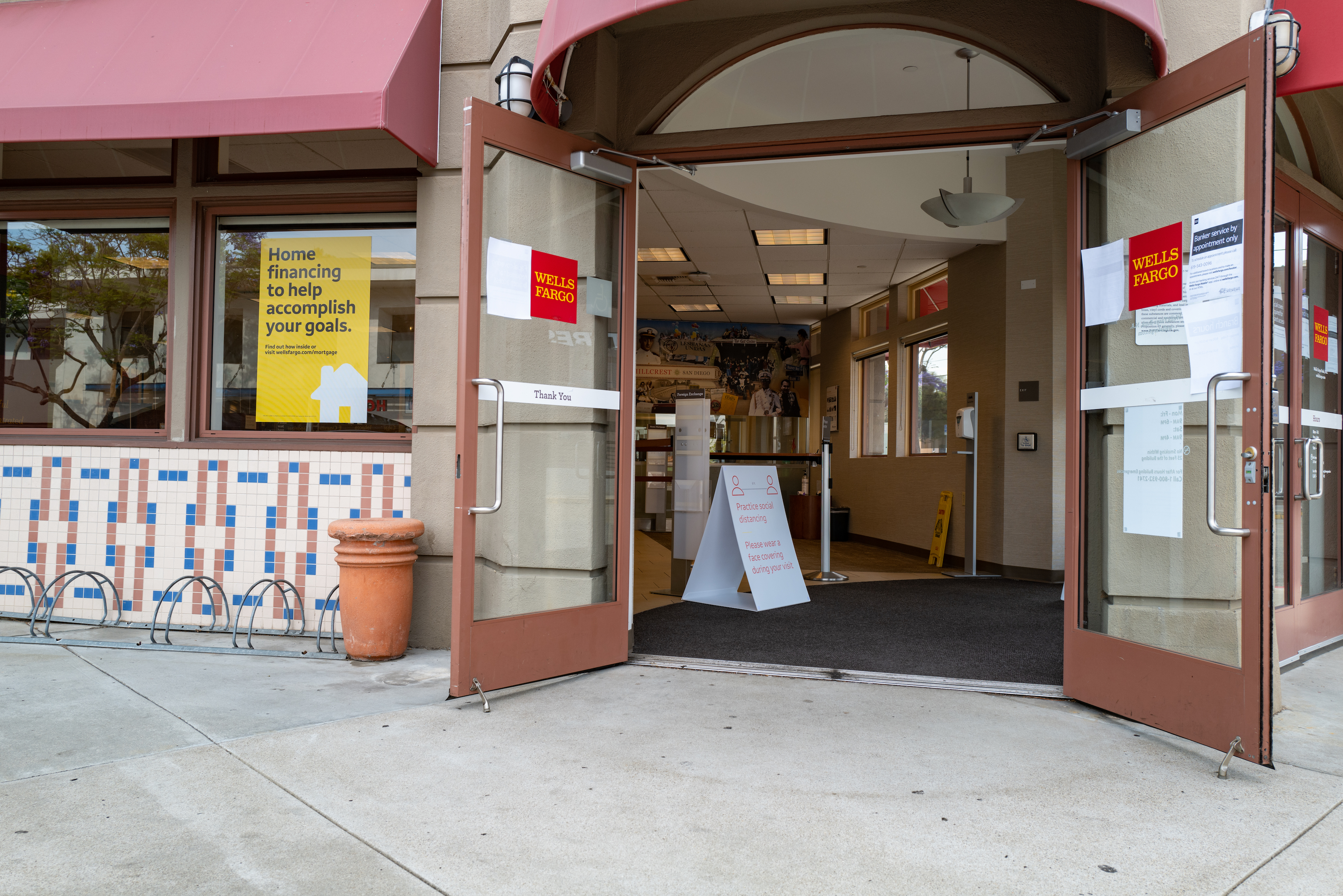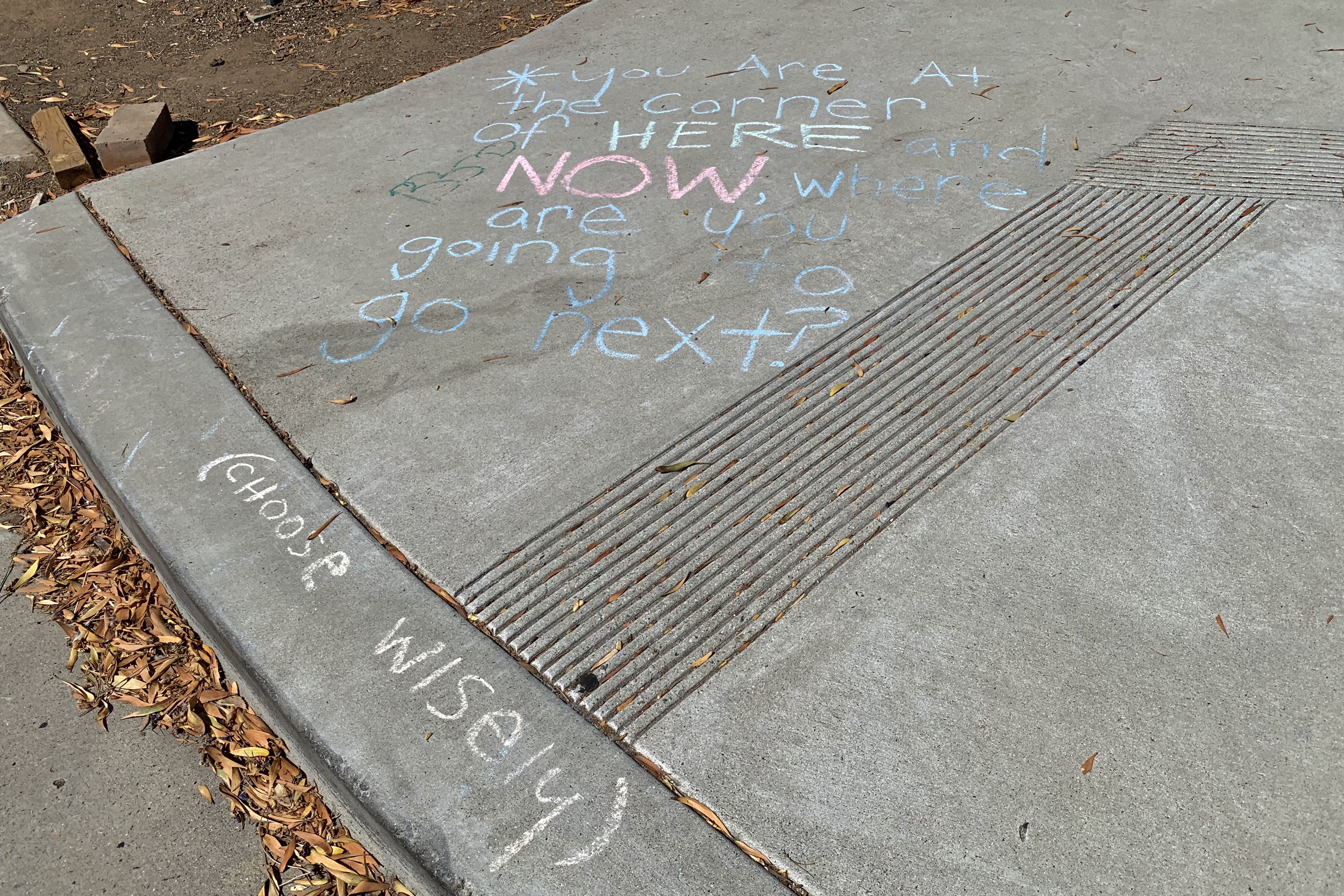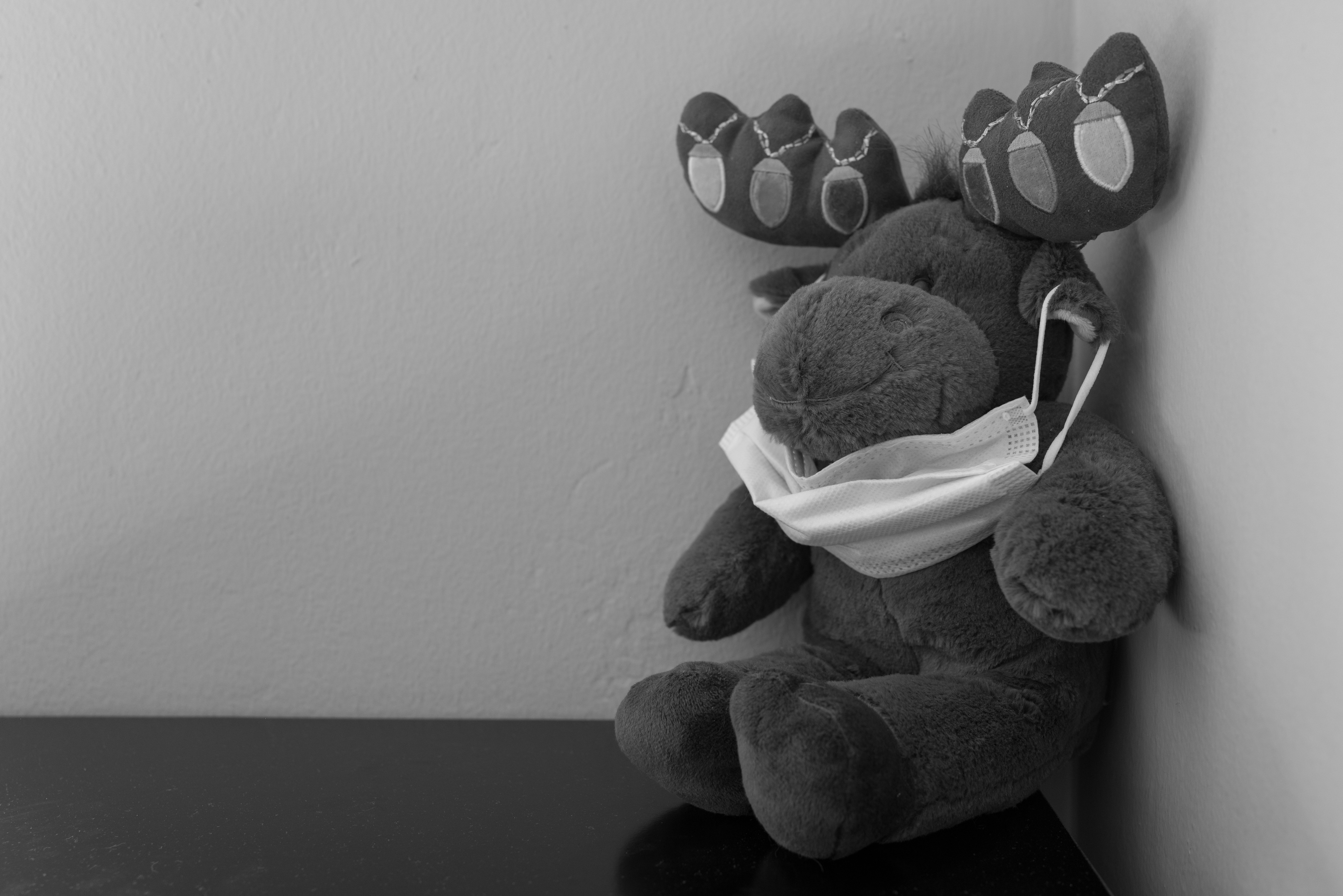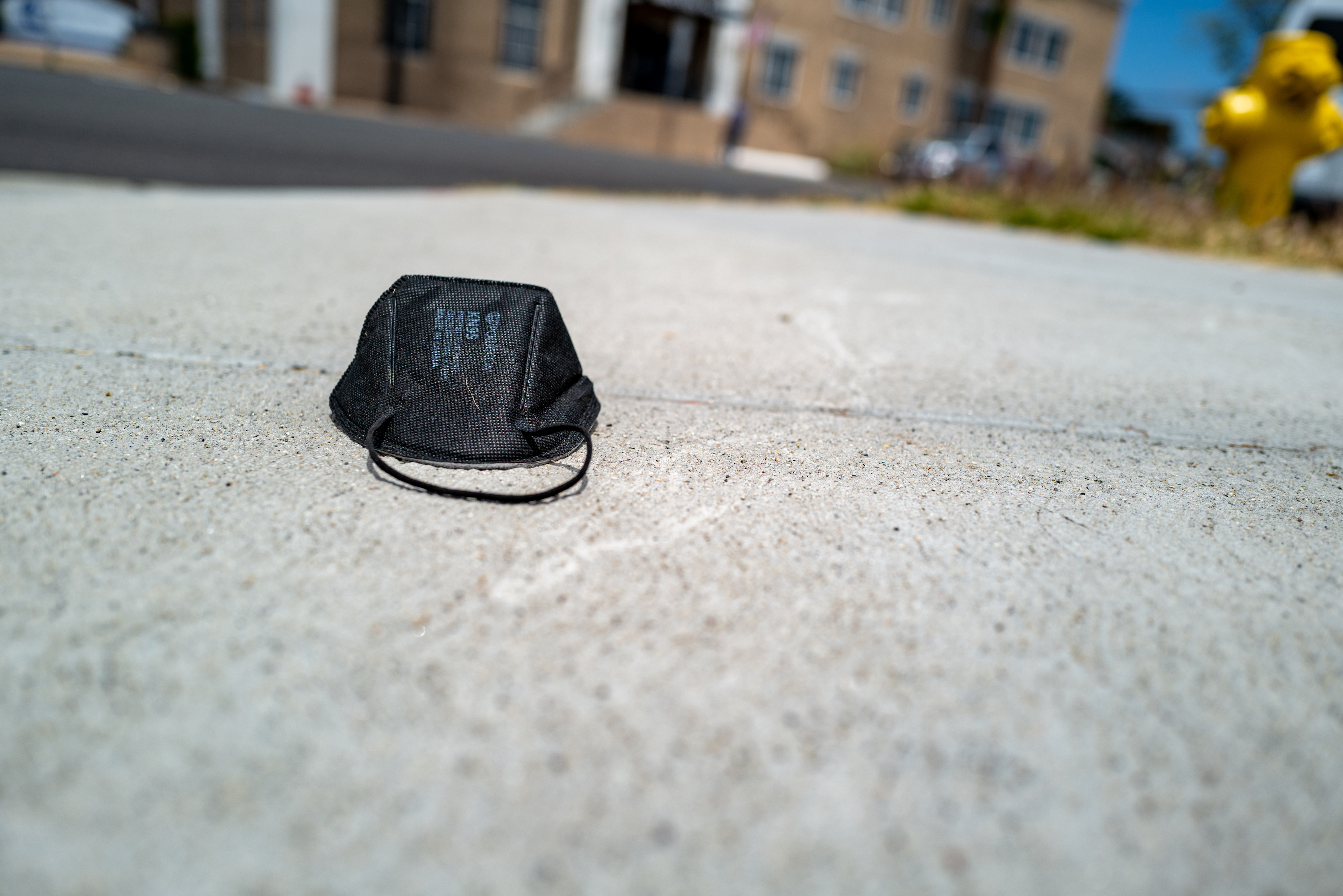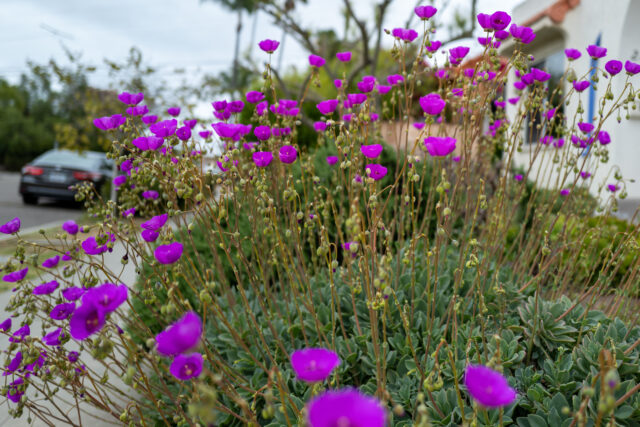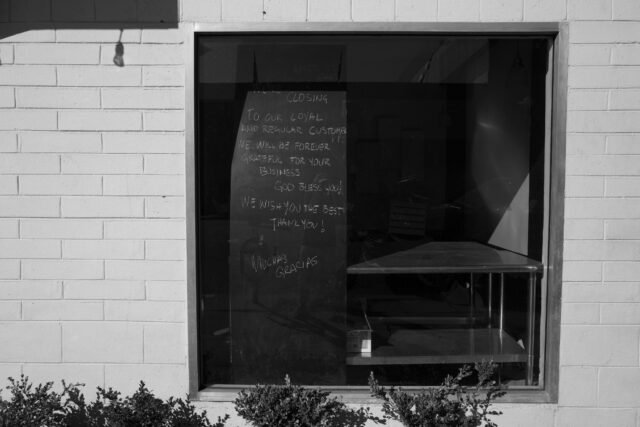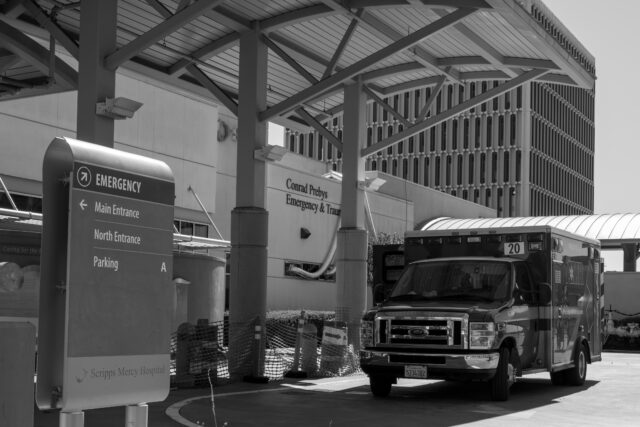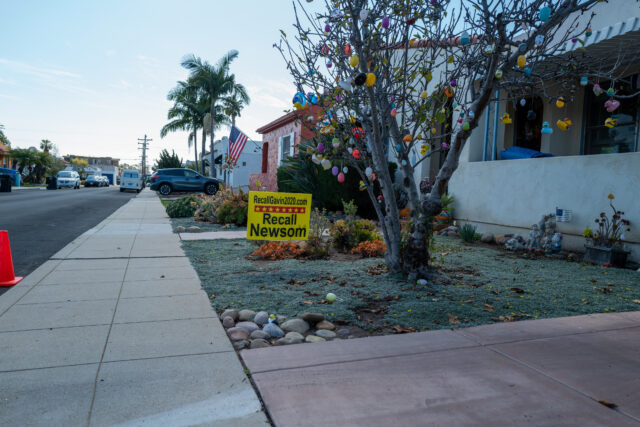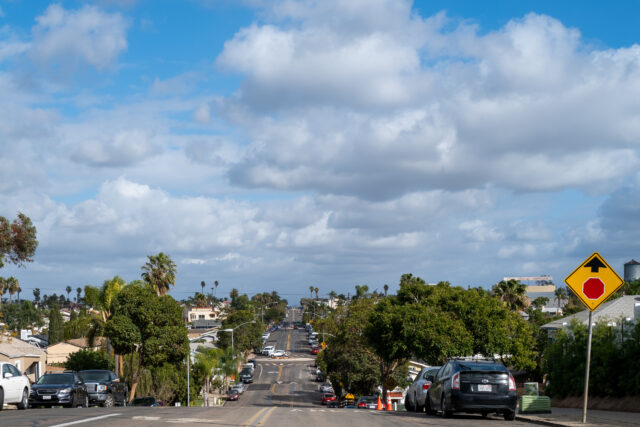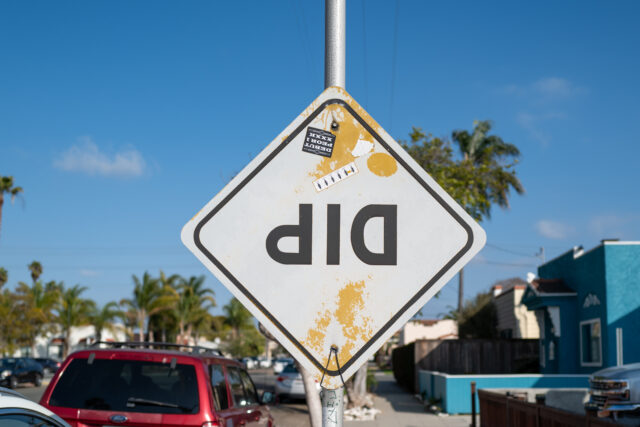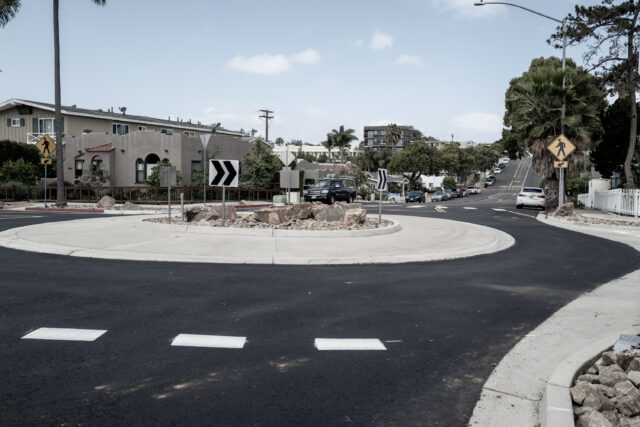But explain to school kids what’s different, because they have to wonder. While establishments of all types are open at full capacity, the classroom routine is little changed: Students must continue to wear masks—a requirement that baffles the frak out of me. Is it possible reason that most of them have not been vaccinated against SARS-CoV-2 (severe acute respiratory syndrome Coronavirus 2)/COVID-19? For adults, the mask-mandate is only lifted for those people who have had the shot(s). Children are extremely unlikely to be infected, manifest the disease, become seriously sick, or die. So why muzzle them?
According to the Centers for Disease Control and Prevention, children ages 0-4 account for 2.1 percent of U.S. COVID cases; 10.4 percent for 5-17 year-olds. Deaths: Zero percent and 0.1 percent, respectively. Citizens ages 18-49 account for 4.7 percent of total deaths, so teachers are probably pretty safe—especially if vaccinated. So, again, I ask: Why muzzle the kids? This morning, my wife and I passed by Birney Elementary as students arrived; they all wore masks, and parents, too!
